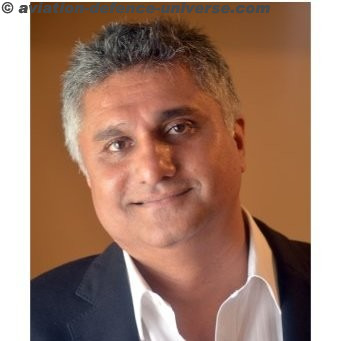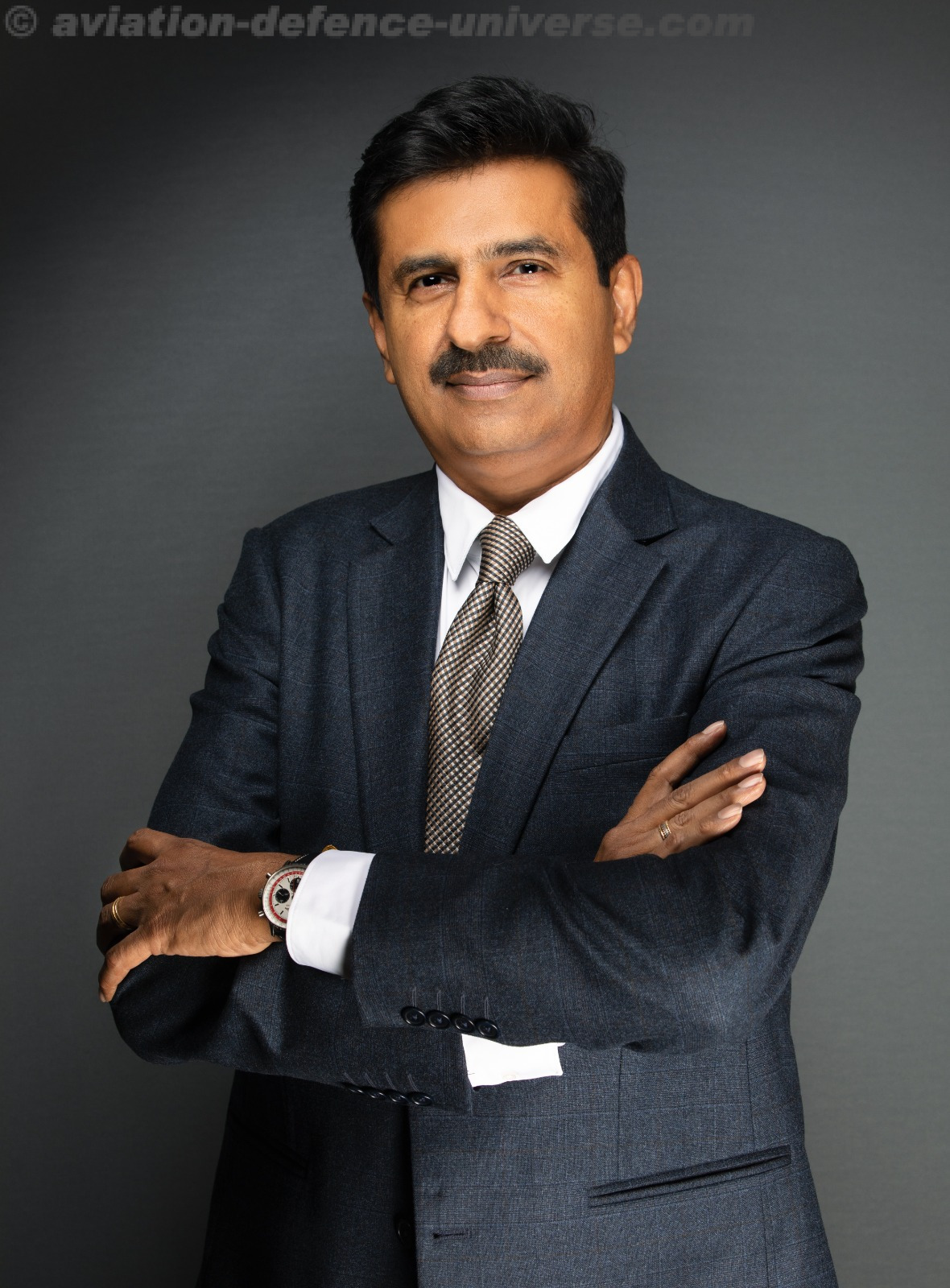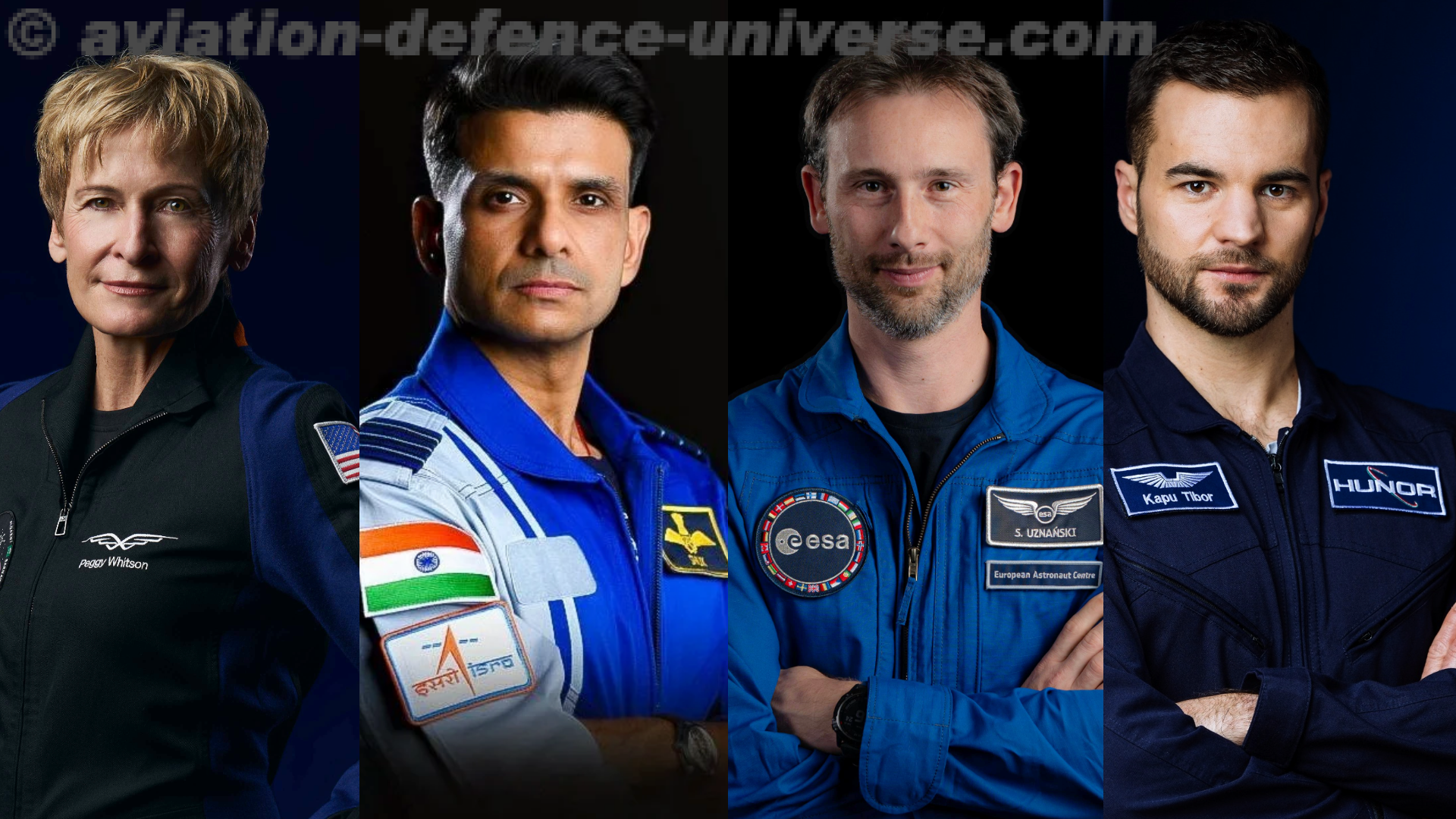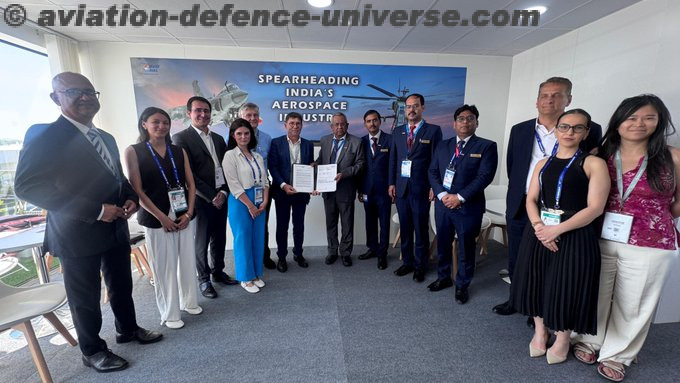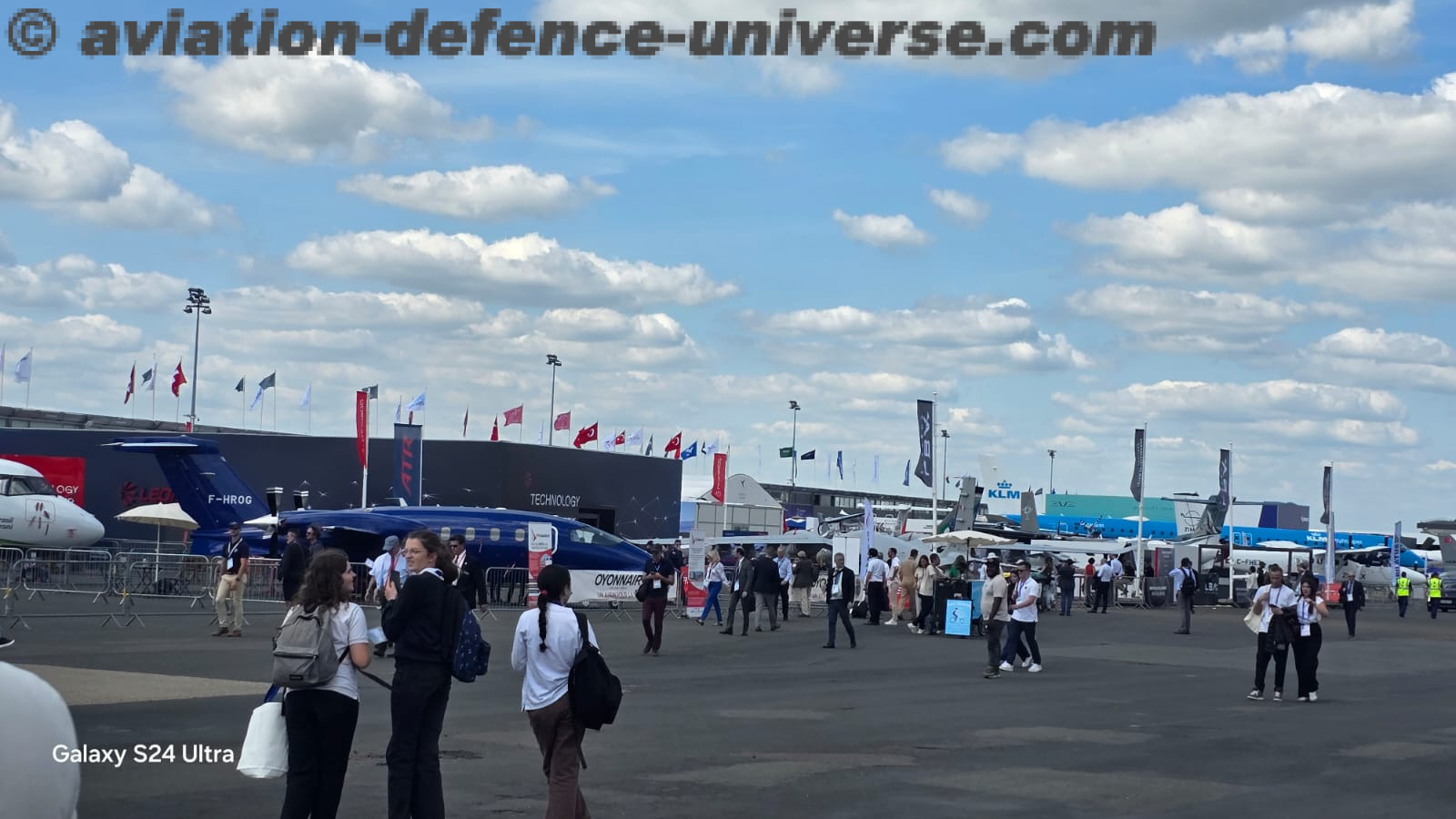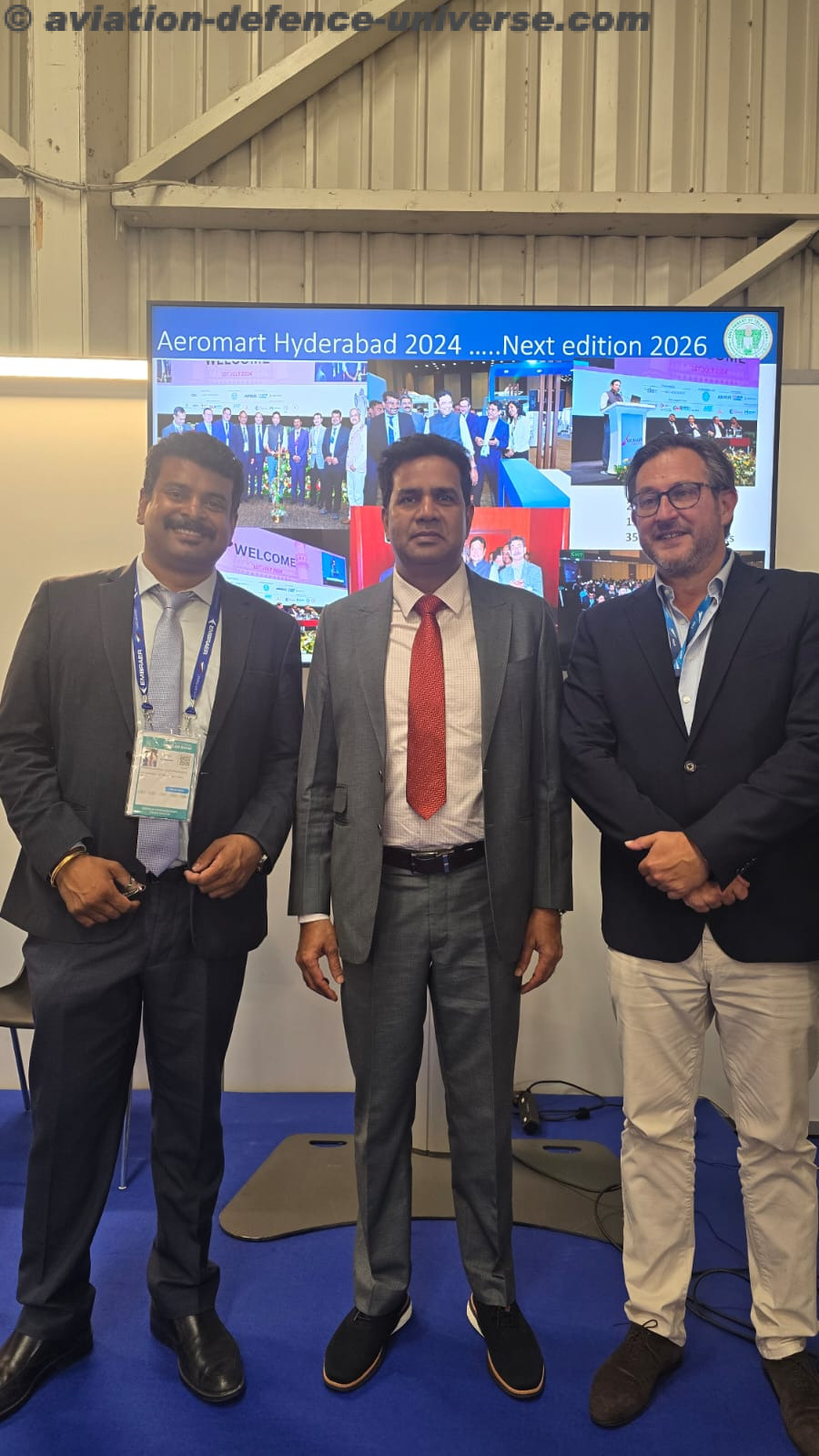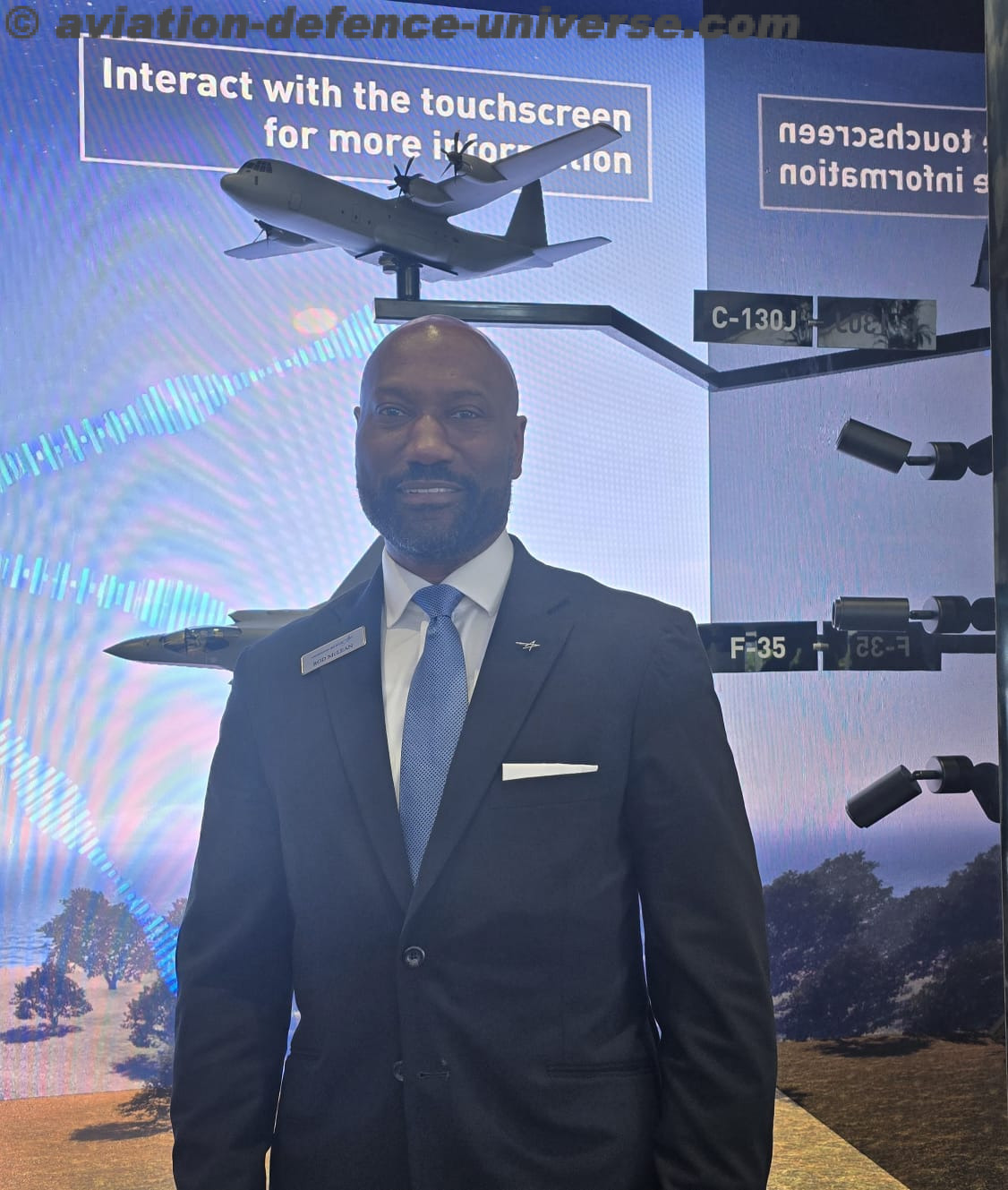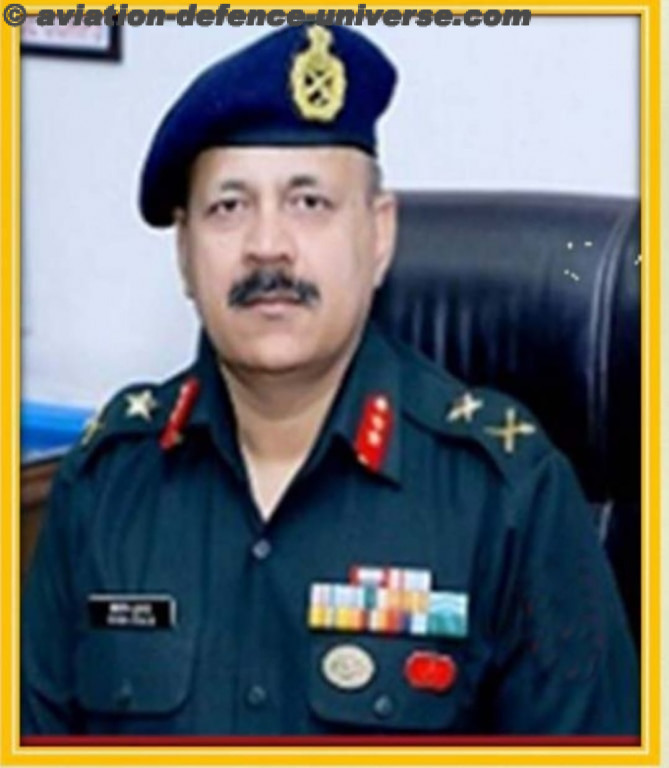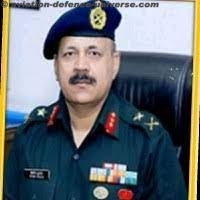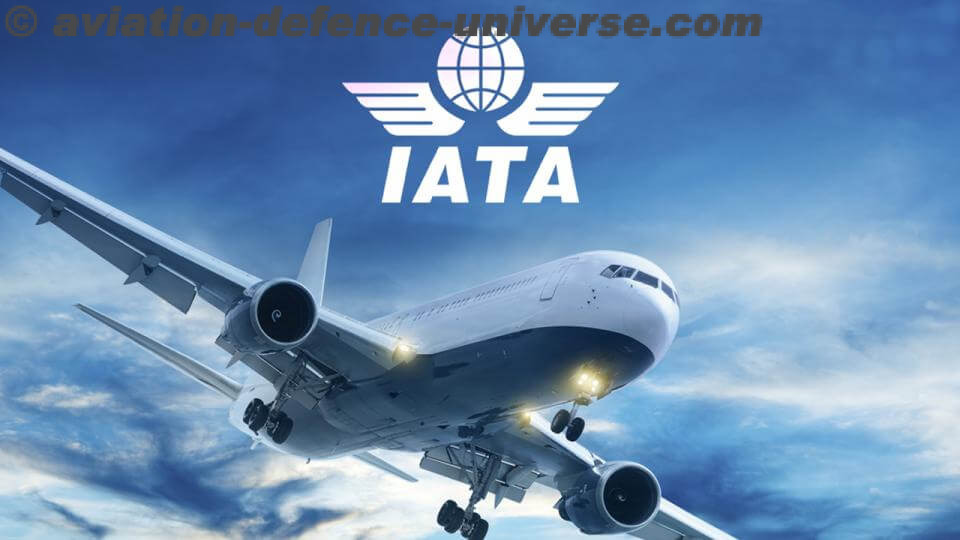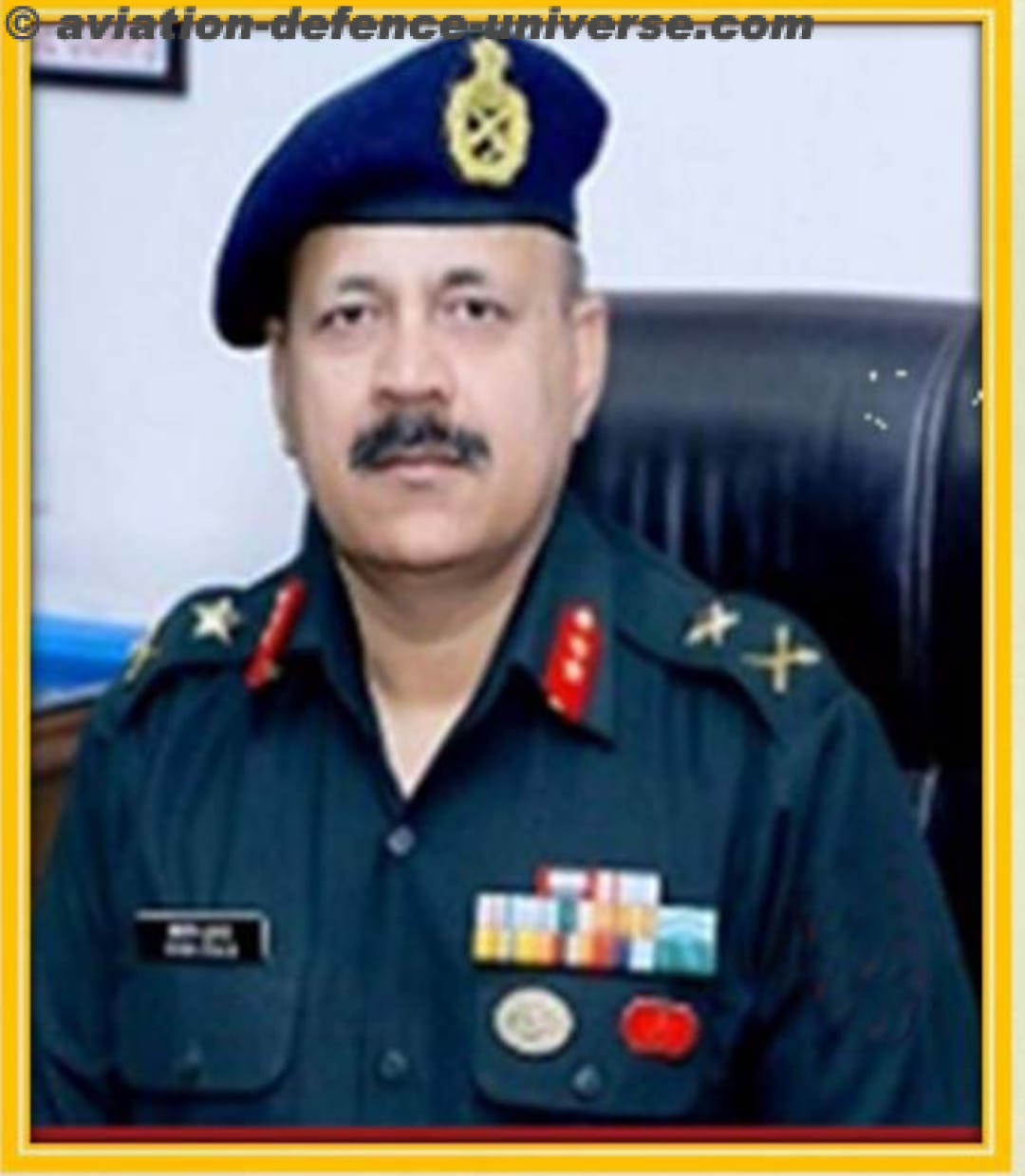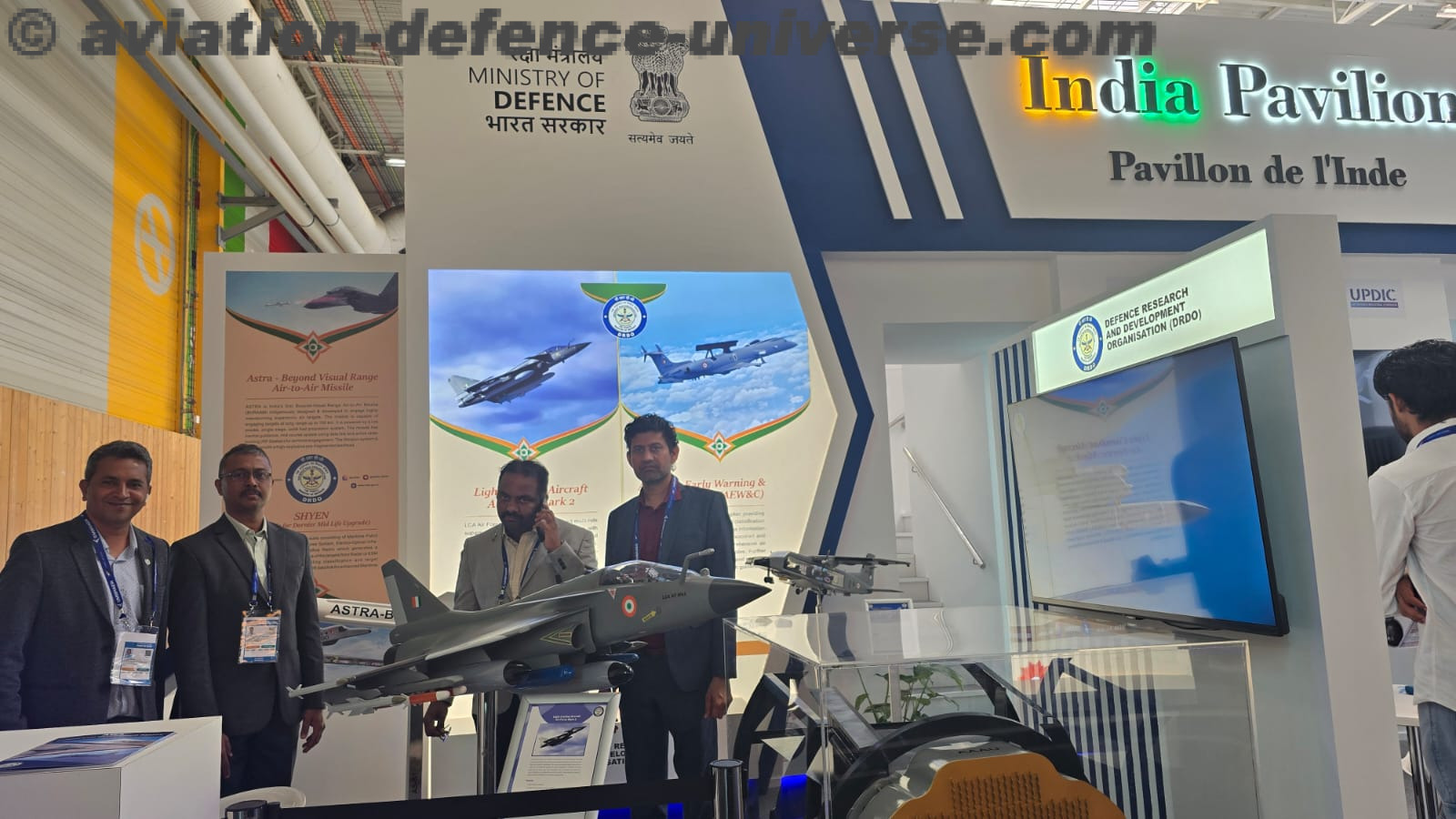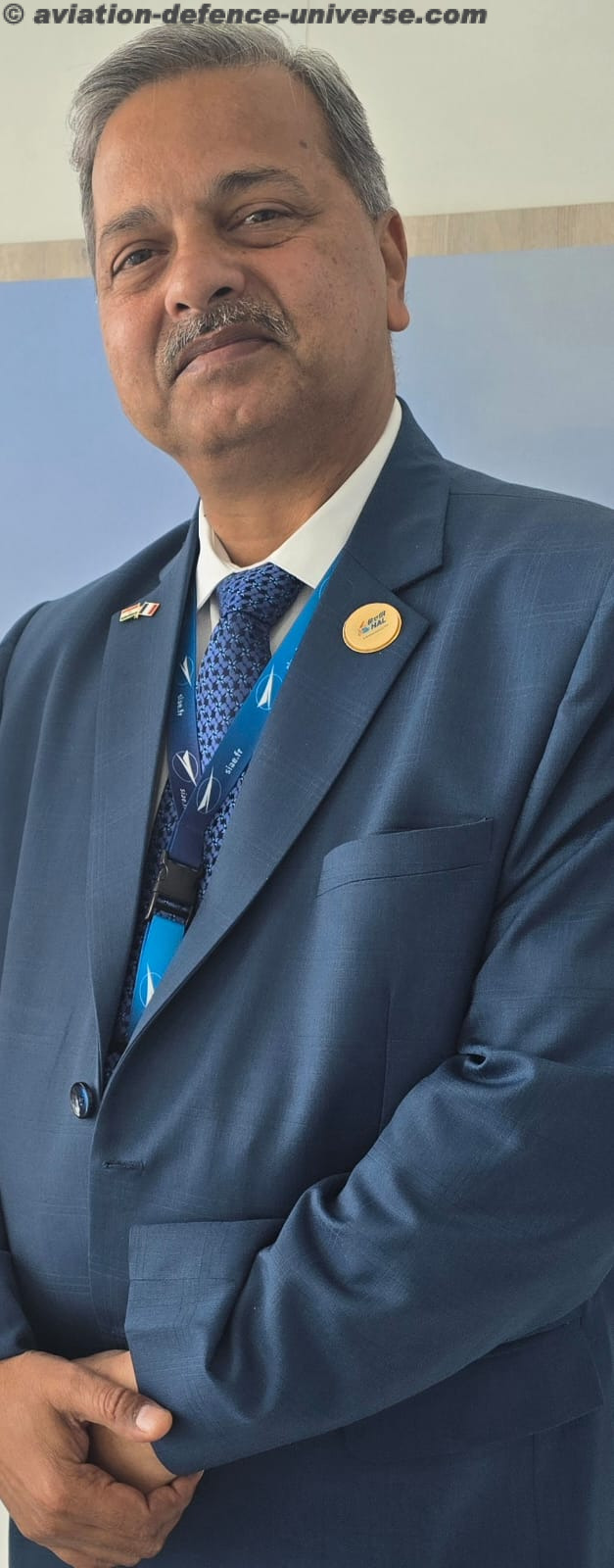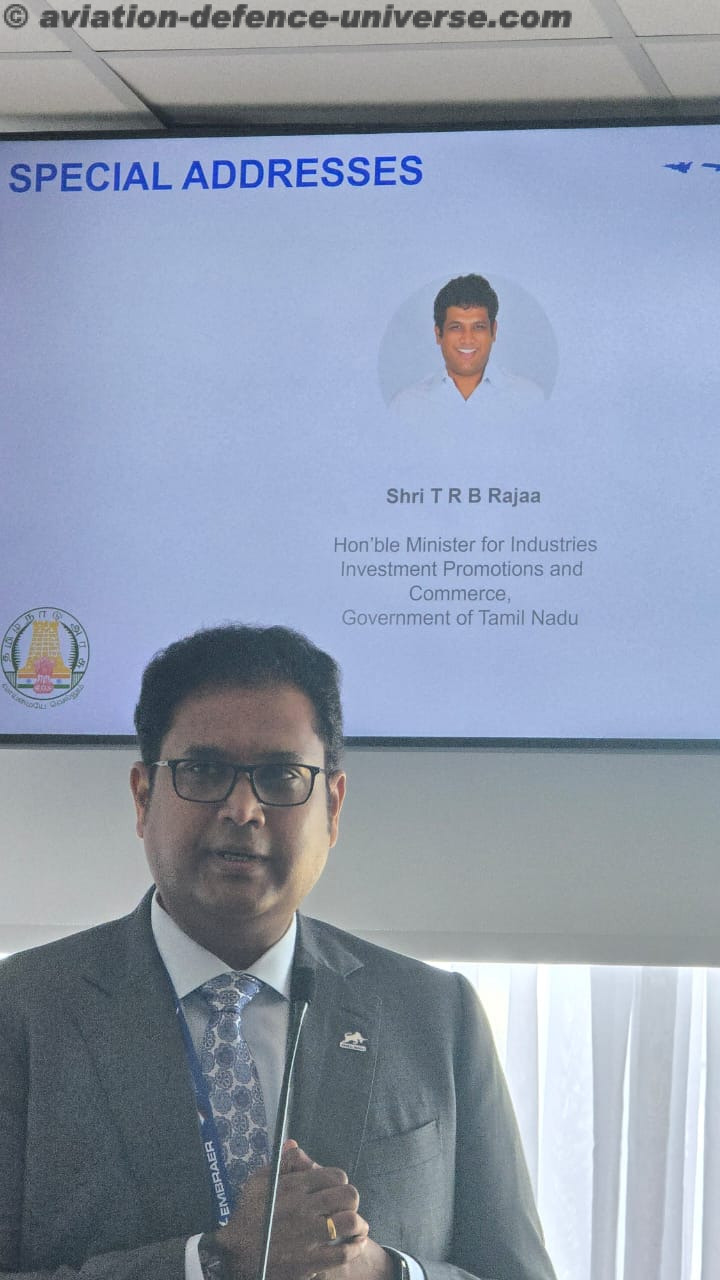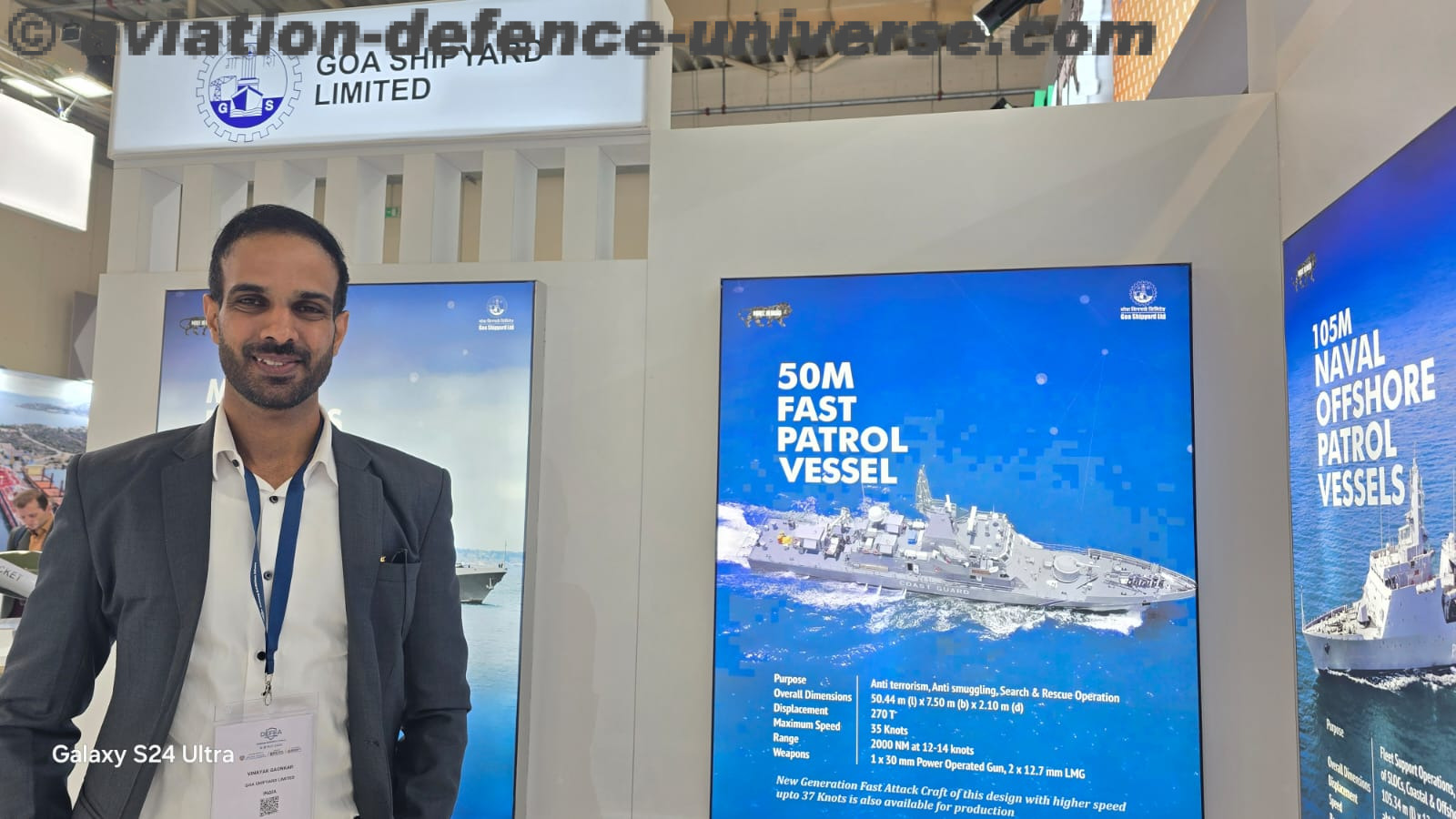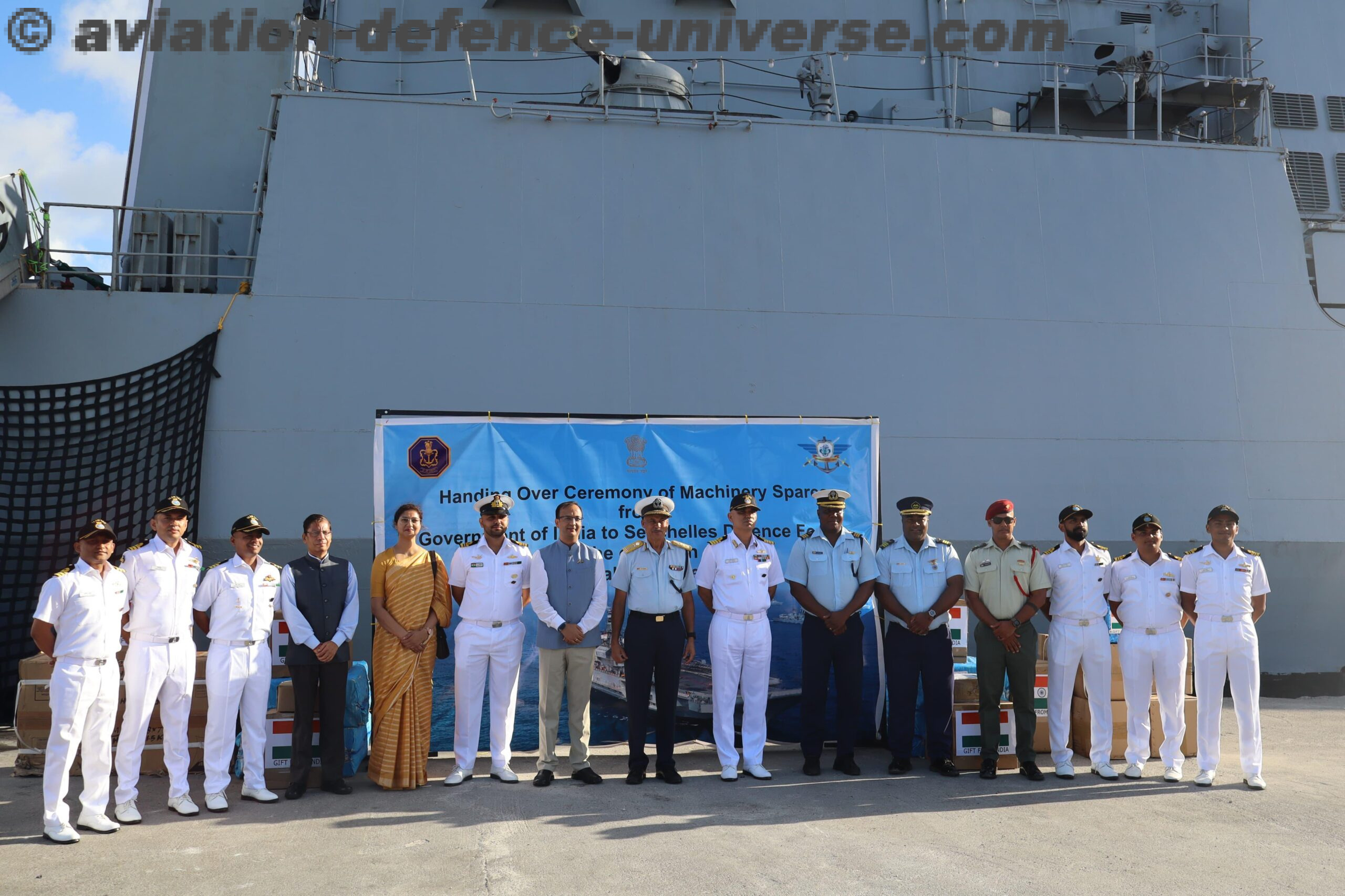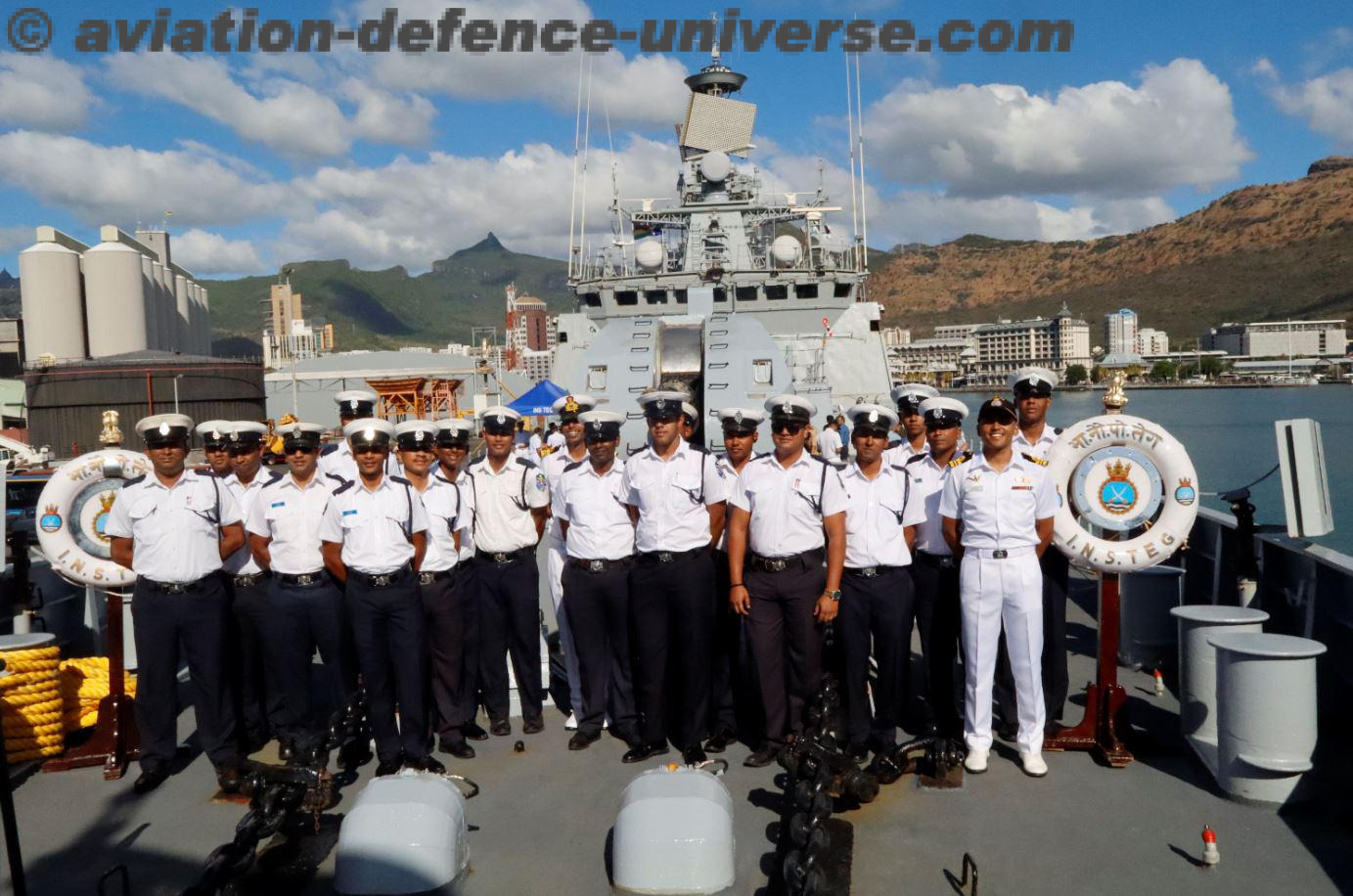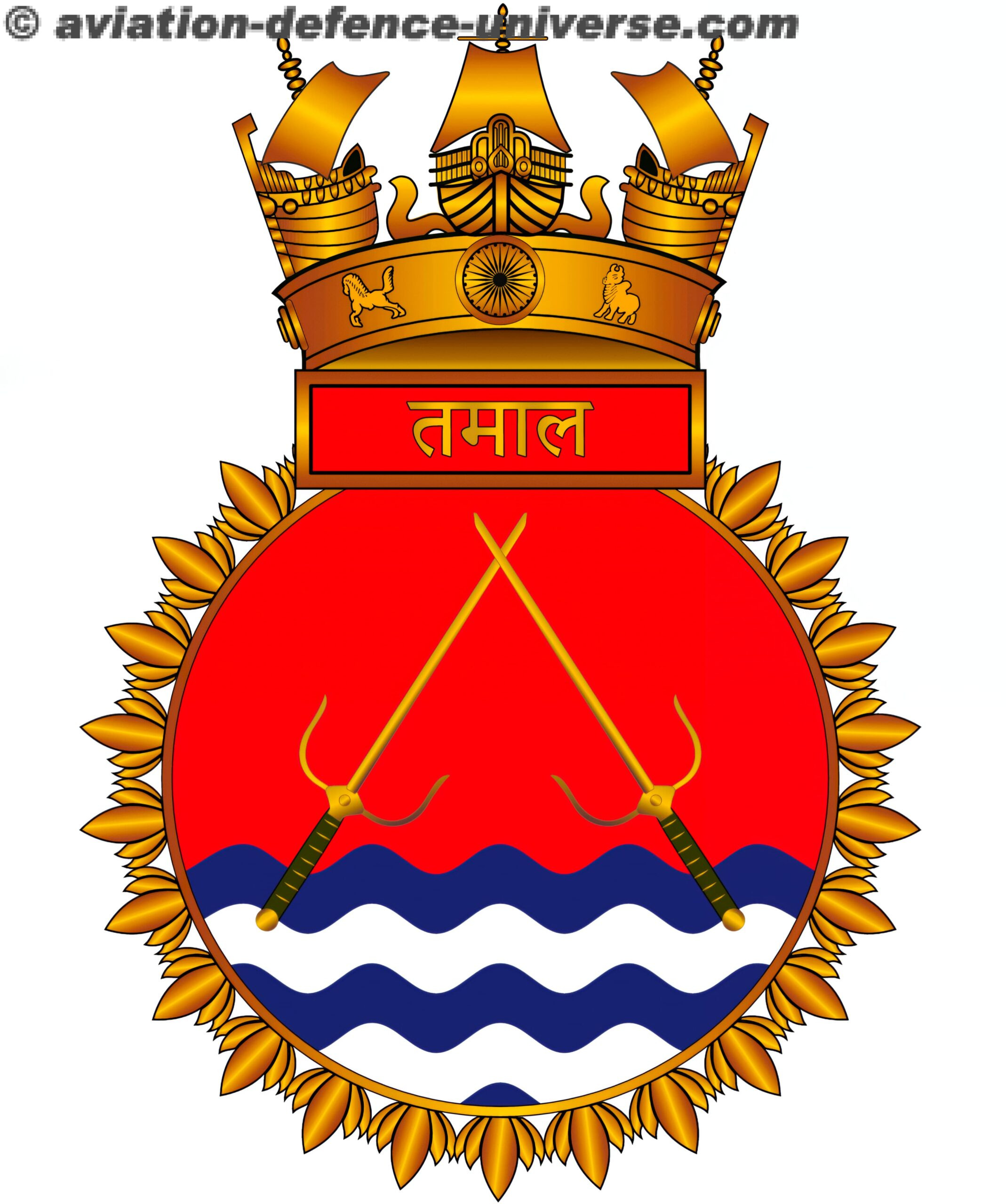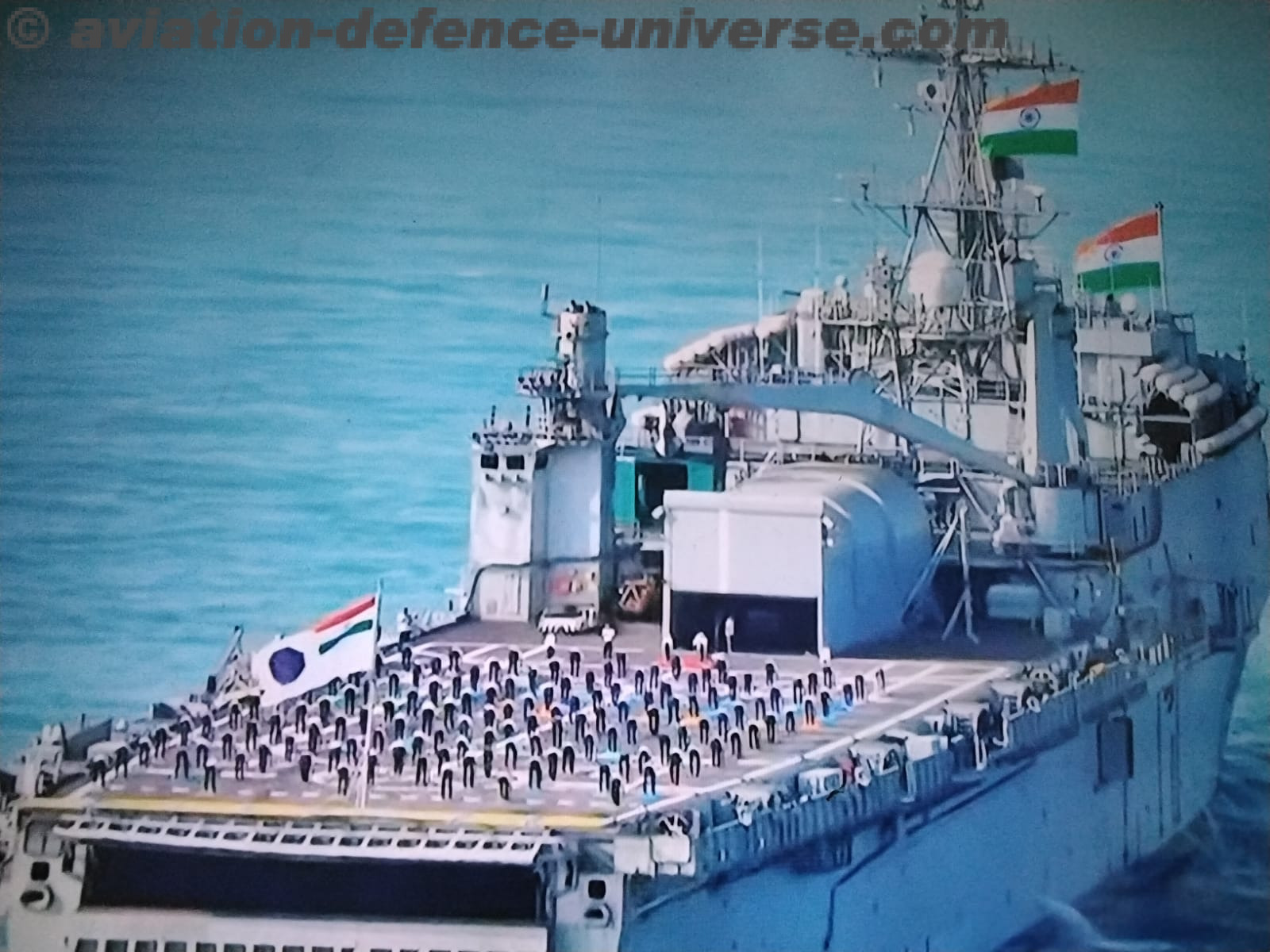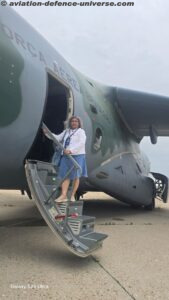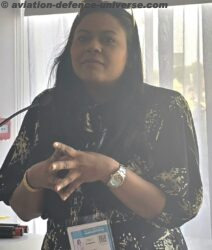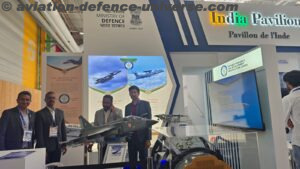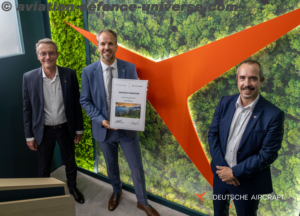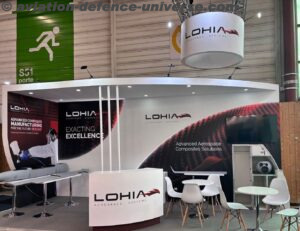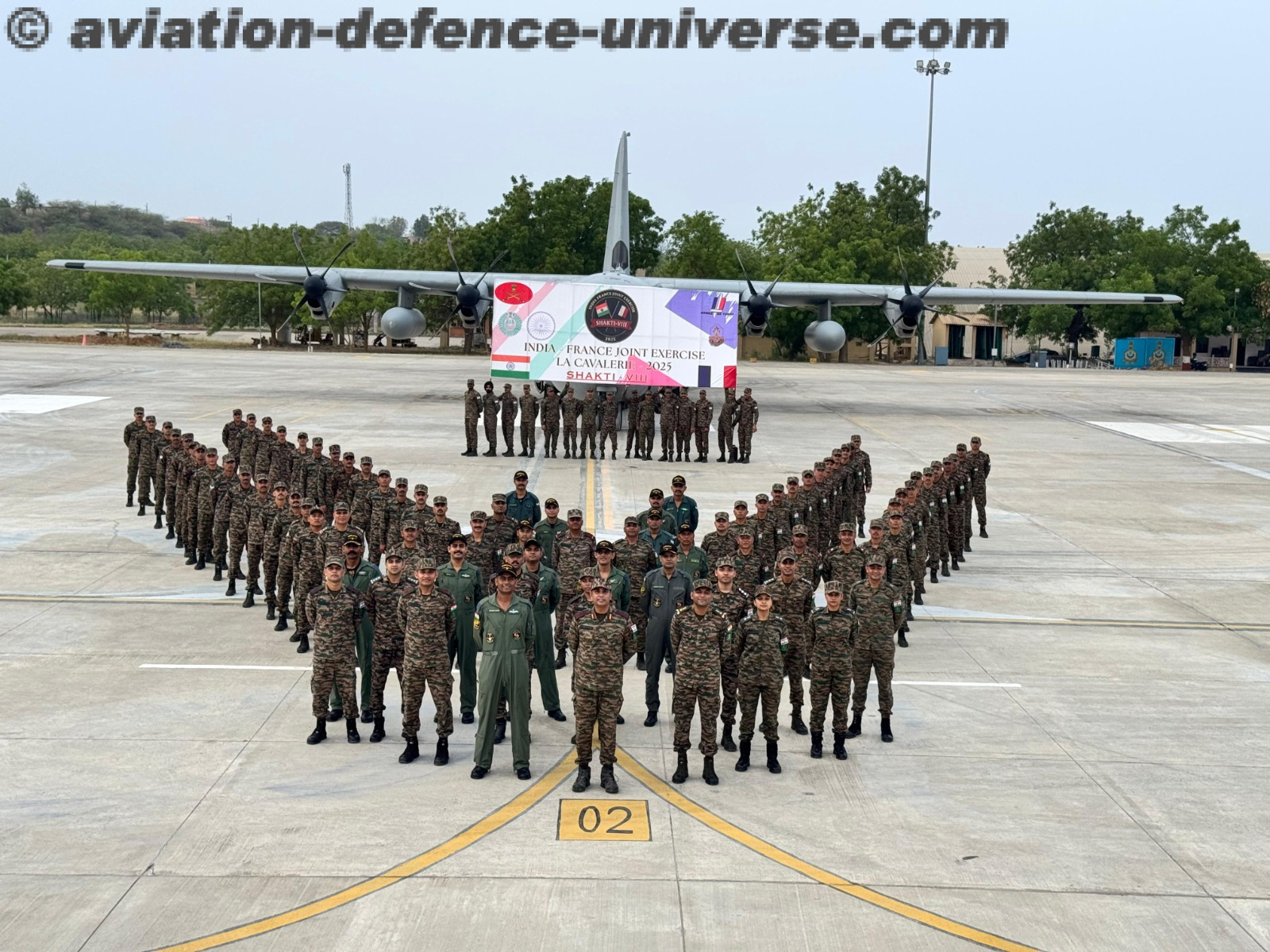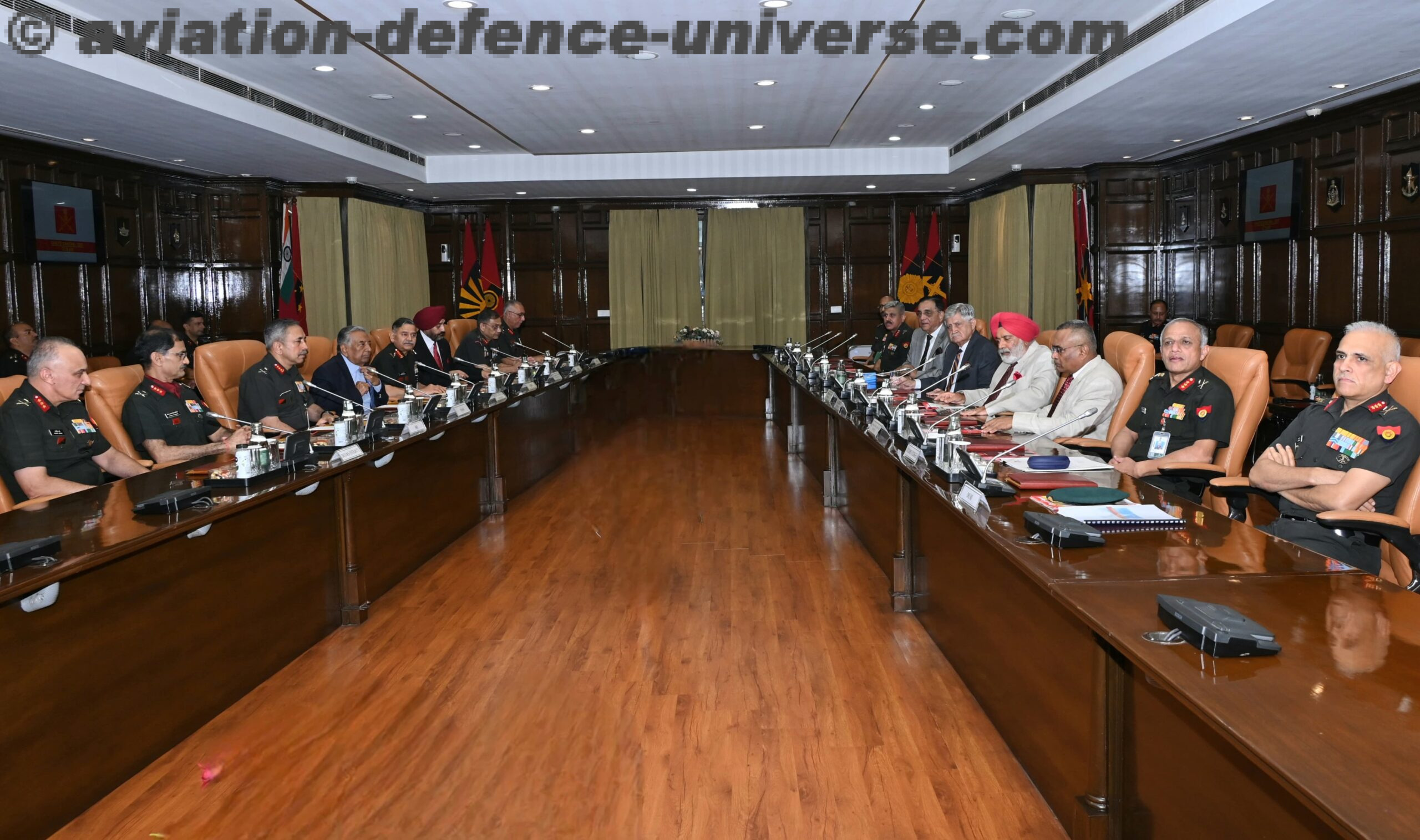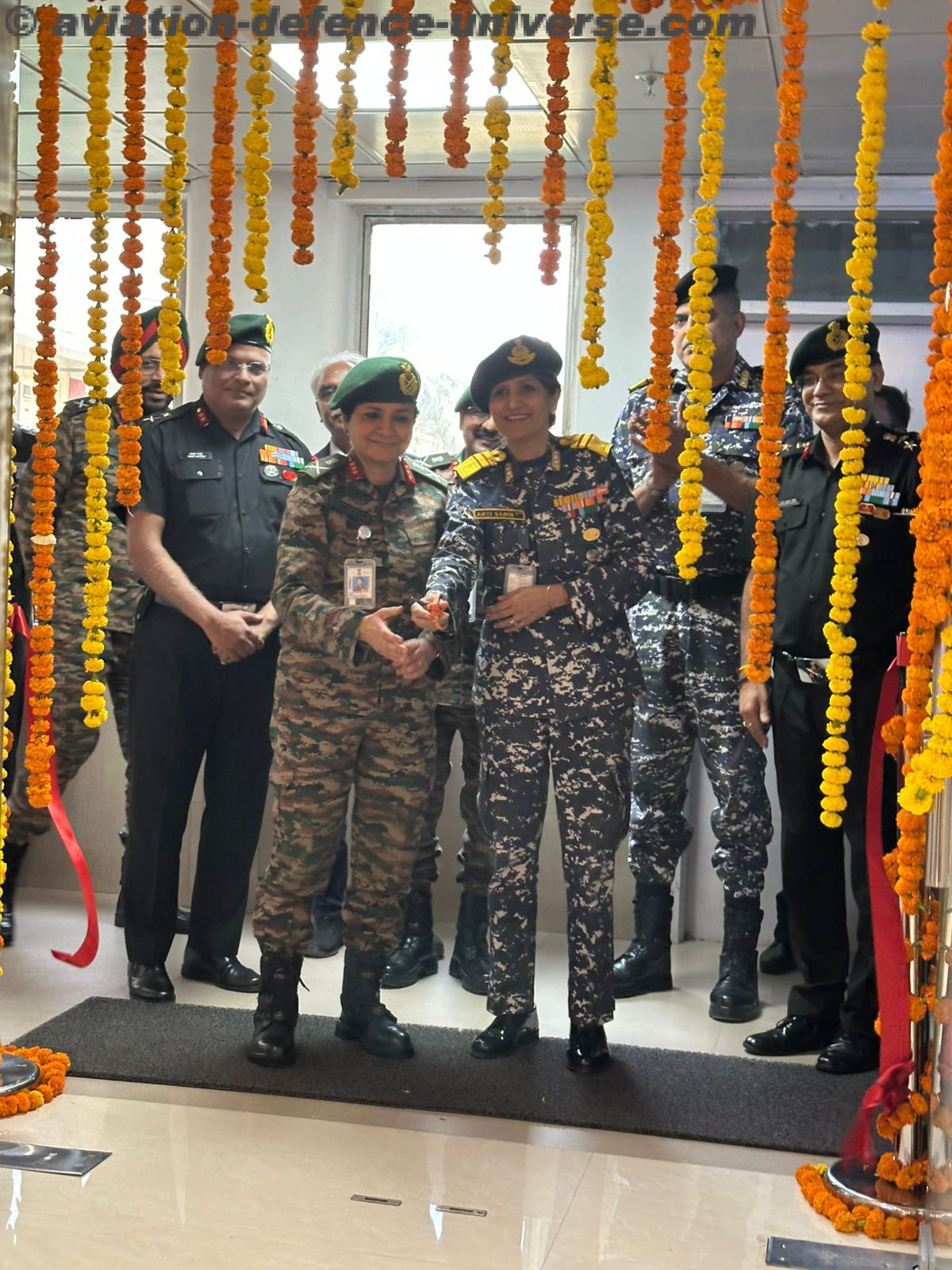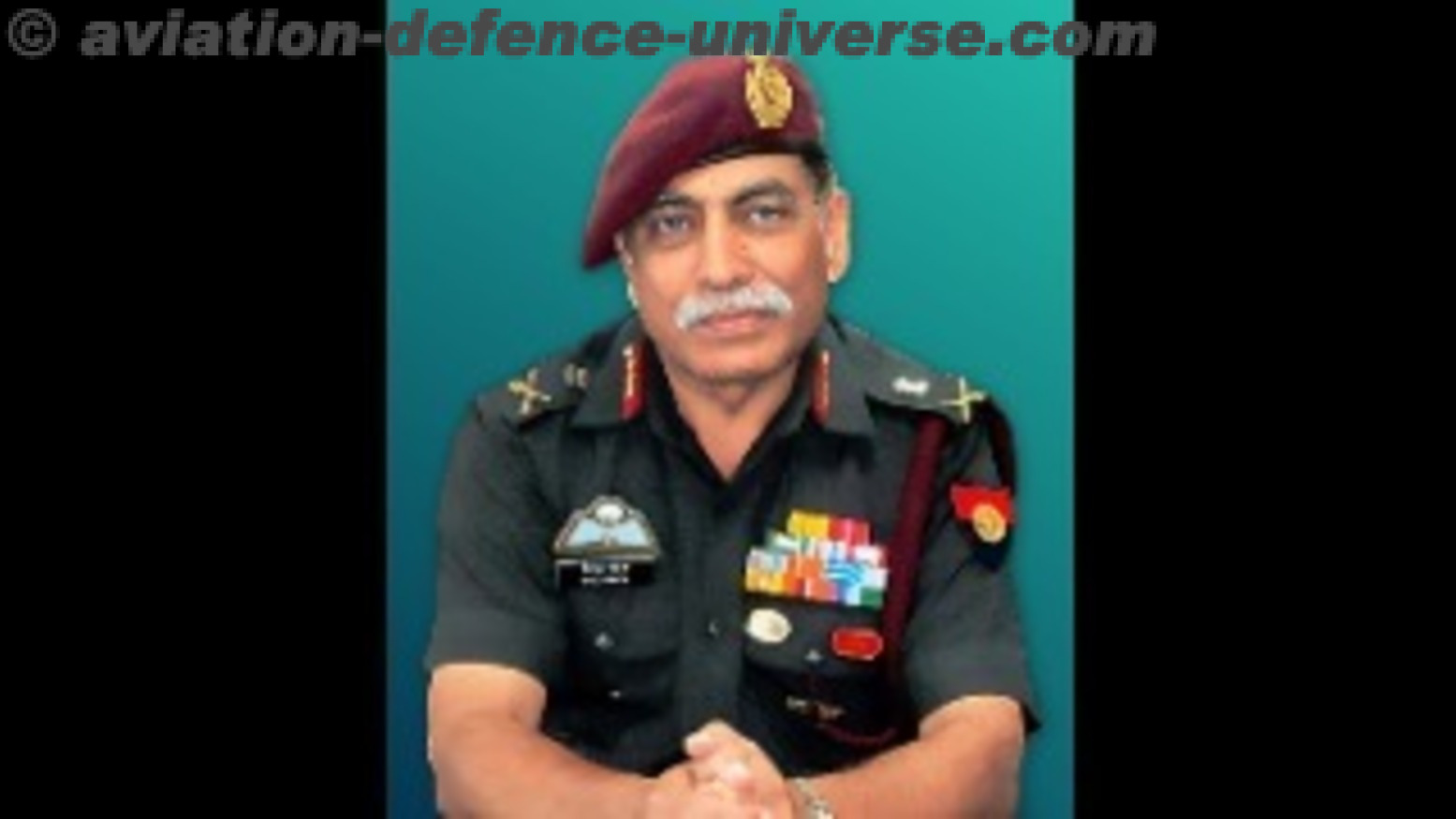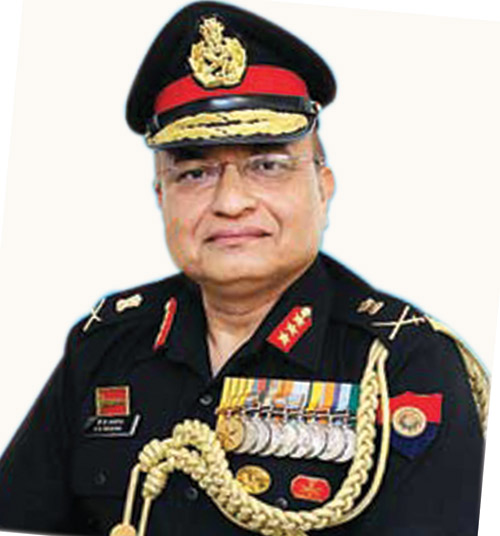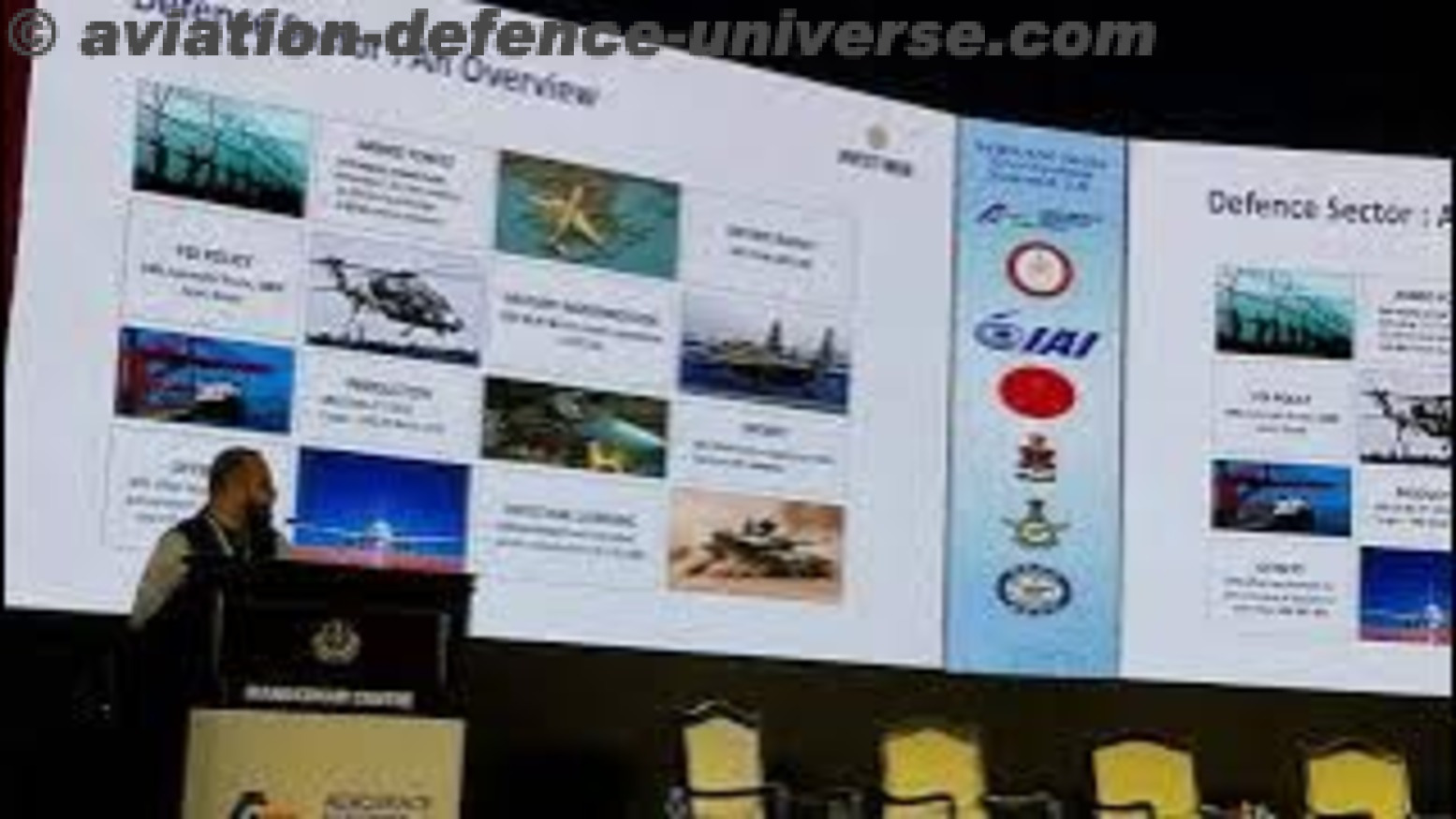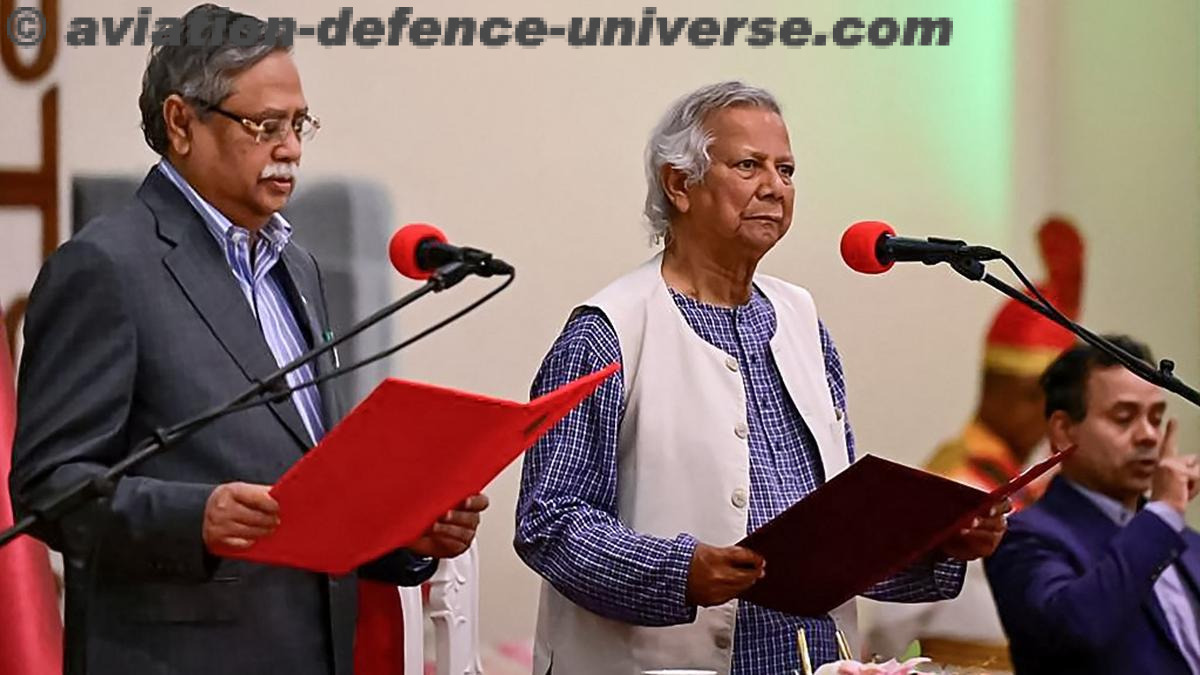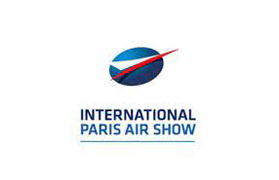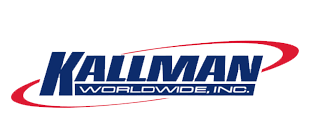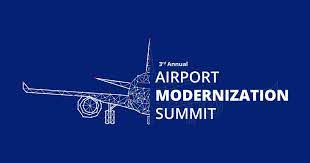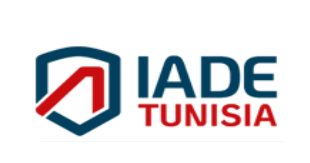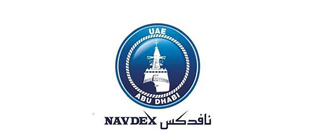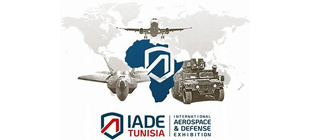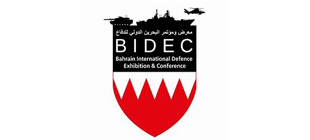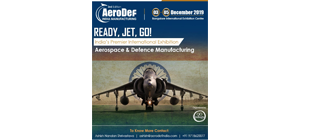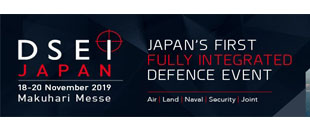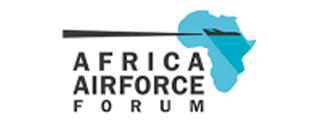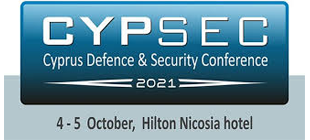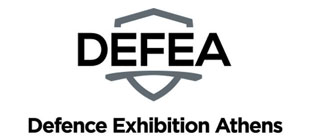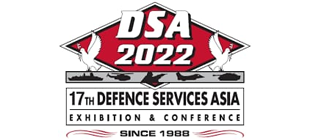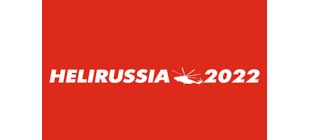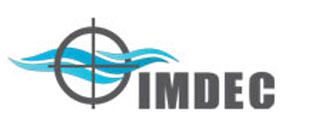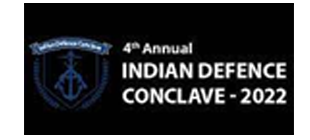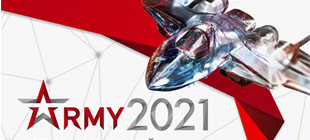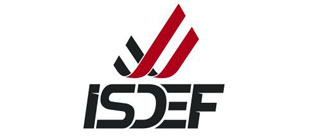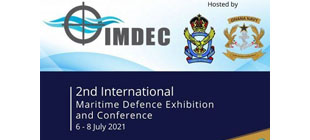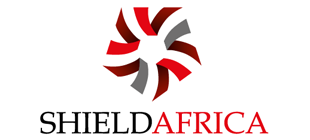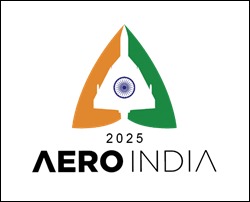- Embraer’s Millennium Moment: KC-390 takes media in Pre-Show Flight
- A New Challenger in the Sky
By Sangeeta Saxena
Le Bourget, Paris. 15 June 2025. The tarmac at Le Bourget shimmered in the early summer sun on 15 June 2025, a day before the Paris Airshow officially opened. Among the rows of fighter jets and unmanned systems, my eyes were fixed on a machine that stood out—not just in size but in spirit. The Embraer KC-390 Millennium, Brazil’s answer to the world of military airlift, was ready for its media demonstration flight. Boarding this aircraft wasn’t just about flying—it was about witnessing a new player assert itself among the giants of tactical and strategic lift. It was going to be my second flight but the excitement was the same which I felt in the first flight, last year above Farnborough skies.
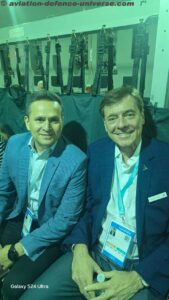 Walking into the belly of the KC-390 felt like entering a futuristic cargo bay designed with both power and purpose in mind. The spacious cabin was configured for press seating, with harness-equipped jump seats lining the sidewalls. The ramp remained down briefly during boarding before being sealed for flight.
Walking into the belly of the KC-390 felt like entering a futuristic cargo bay designed with both power and purpose in mind. The spacious cabin was configured for press seating, with harness-equipped jump seats lining the sidewalls. The ramp remained down briefly during boarding before being sealed for flight.
As we taxied and prepared for take off, the cockpit crew engaged the fly-by-wire system—a rarity in its class. The IAE V2500 engines roared to life, and in seconds we were airborne, climbing rapidly with the sort of acceleration that would make many tactical turboprops blush. And it reminded me – the KC-390 Millennium from Embraer is 35 meters (115 feet) long and can carry 26,000 kilograms (57,320 pounds) of cargo or up to 80 people. It can also carry 35,000 kilograms (77,162 pounds) of fuel.
What struck me almost immediately was the smoothness of the flight. Unlike older military transports with their hum and rattle, the KC-390 is quiet and stable. In the air, the crew demonstrated the aircraft’s manoeuvrability with gentle banking turns and simulated low-level flight paths. The jet speed—up to Mach 0.8—was unmistakable. Traveling with us was the top management of Embraer including Francisco Gomes Neto, President and CEO of Embraer, as well as Bosco Da Costa Junior, President and CEO of Embraer Defense & Security. Mark Heflin former USAF introduced the aircraft and it’s nuances to the media passengers.
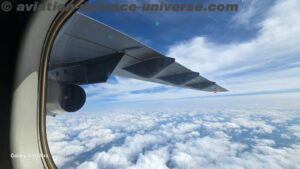 Our flight today was for about an hour and ten minutes, giving us time to visit the cockpit and walk around the fuselage. The aircraft departed from Paris-Le Bourget (LBG), the venue for the Paris Air Show and flew over the northern part of France, nearly reaching the English Channel. A highlight was witnessing a mock cargo drop drill. The ramp opened mid-air (safely tethered, of course), giving us a glimpse of its capability to airdrop equipment, humanitarian aid, or troops. The KC-390 is not just about cargo—it can be reconfigured for medical evacuation, firefighting, and even aerial refuelling. It’s a multi-mission aircraft.
Our flight today was for about an hour and ten minutes, giving us time to visit the cockpit and walk around the fuselage. The aircraft departed from Paris-Le Bourget (LBG), the venue for the Paris Air Show and flew over the northern part of France, nearly reaching the English Channel. A highlight was witnessing a mock cargo drop drill. The ramp opened mid-air (safely tethered, of course), giving us a glimpse of its capability to airdrop equipment, humanitarian aid, or troops. The KC-390 is not just about cargo—it can be reconfigured for medical evacuation, firefighting, and even aerial refuelling. It’s a multi-mission aircraft.
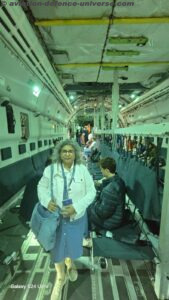 The KC-390 isn’t entering an empty field. It’s competing against some of the biggest names in aerospace like C17, C130J C295, IL76 and A400M. So lets see where the KC-390 stands? As a jet-powered transport, the KC-390 offers faster deployment and a higher cruise speed. It is the first in its class with full fly-by-wire controls, giving pilots superior control and reducing workload. From air-to-air refuelling to humanitarian missions, it’s designed to switch roles swiftly. This adaptability places it as a frontrunner in the market. Its cost of ownership is significantly lower, making it attractive to nations with limited budgets but big mission sets. KC-390 is digital-native, with modern avionics, self-protection systems, and NATO interoperability.
The KC-390 isn’t entering an empty field. It’s competing against some of the biggest names in aerospace like C17, C130J C295, IL76 and A400M. So lets see where the KC-390 stands? As a jet-powered transport, the KC-390 offers faster deployment and a higher cruise speed. It is the first in its class with full fly-by-wire controls, giving pilots superior control and reducing workload. From air-to-air refuelling to humanitarian missions, it’s designed to switch roles swiftly. This adaptability places it as a frontrunner in the market. Its cost of ownership is significantly lower, making it attractive to nations with limited budgets but big mission sets. KC-390 is digital-native, with modern avionics, self-protection systems, and NATO interoperability.
One of the most compelling USPs of the KC-390 Millennium is its jet propulsion, powered by two IAE V2500 turbofan engines—an uncommon feature in its class. Unlike traditional tactical transports that rely on turboprop engines, the KC-390 delivers higher cruise speeds (Mach 0.8) and faster mission cycles, making it ideal for time-sensitive operations like rapid troop deployment, disaster relief, and critical supply drops. The aircraft’s jet-powered agility also enables quicker turnarounds and longer reach, giving it a clear edge in both tactical and regional strategic missions.
The KC-390 is designed as a multi-role platform—not as an adaptation, but as a core capability. With modular roll-on/roll-off systems, it can be quickly reconfigured for air-to-air refuelling, cargo and troop transport, medical evacuation, firefighting, or even ISR (Intelligence, Surveillance, Reconnaissance) missions. This rapid conversion—often achievable within a few hours—makes it a versatile asset for air forces with varied operational demands and limited fleet sizes. Very few aircraft in this segment can shift roles so seamlessly without requiring significant structural modifications or support downtime.
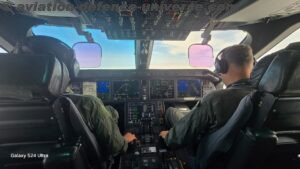 Being inside the cockpit of the Embraer KC-390 while it was in flight was a rare and exhilarating experience. The large digital displays, side-stick controls, and seamless coordination between the two pilots reflected the aircraft’s cutting-edge fly-by-wire technology. From my vantage point behind the crew, I watched as they effortlessly navigated the aircraft through French airspace with precision. The cockpit offered a panoramic view of the landscape below, and despite the size of the aircraft, the KC-390 responded smoothly to every input—highlighting its jet-powered agility and modern avionics. It was a front-row seat to tactical aviation at its finest.
Being inside the cockpit of the Embraer KC-390 while it was in flight was a rare and exhilarating experience. The large digital displays, side-stick controls, and seamless coordination between the two pilots reflected the aircraft’s cutting-edge fly-by-wire technology. From my vantage point behind the crew, I watched as they effortlessly navigated the aircraft through French airspace with precision. The cockpit offered a panoramic view of the landscape below, and despite the size of the aircraft, the KC-390 responded smoothly to every input—highlighting its jet-powered agility and modern avionics. It was a front-row seat to tactical aviation at its finest.
Unlike legacy platforms that have been upgraded over decades, the KC-390 is the only military transport aircraft fully designed in the 21st century. This means it features fly-by-wire flight controls, full glass cockpit, advanced self-protection systems, and state-of-the-art avionics from inception. The fly-by-wire system not only improves flight precision and safety but also reduces pilot workload and fatigue, especially in low-level tactical environments. Its digital backbone also enhances diagnostics, maintenance tracking, and systems integration—ensuring lower lifecycle costs and improved mission availability.
 The KC-390 offers a maximum payload of 26 tonnes and a cargo hold volume that rivals or exceeds many older-generation aircraft. It can carry a wide range of payloads, including armoured vehicles, pallets, and helicopters, while accommodating 80+ troops or 66 paratroopers. With a rear ramp, wide fuselage cross-section (3.45m), and robust landing gear, it can operate from semi-prepared or unpaved runways. It sits in a unique medium lift bracket—combining heavy-duty capabilities with significantly lower acquisition and operational costs.
The KC-390 offers a maximum payload of 26 tonnes and a cargo hold volume that rivals or exceeds many older-generation aircraft. It can carry a wide range of payloads, including armoured vehicles, pallets, and helicopters, while accommodating 80+ troops or 66 paratroopers. With a rear ramp, wide fuselage cross-section (3.45m), and robust landing gear, it can operate from semi-prepared or unpaved runways. It sits in a unique medium lift bracket—combining heavy-duty capabilities with significantly lower acquisition and operational costs.
Built to NATO standards and with existing operators like Brazil, Portugal, and Hungary, the KC-390 is gaining traction globally. It supports interoperability with allied forces, making it a strategic asset for joint operations and multinational engagements. Its growing presence in Europe and competitive cost-performance ratio make it a viable alternative for nations seeking modern tactical lift without the price or complexity of large strategic transports. For markets like India, which value local production and technology transfer, Embraer’s flexible industrial model further strengthens its appeal.
We landed on Runway 27 at Le Bourget, but the crew used the opportunity to simulate a short-field landing. As the aircraft touched down, full braking power was applied almost immediately, and I found myself instinctively gripping my seat edge as the KC-390 decelerated rapidly—demonstrating its ability to stop within a remarkably short distance. During taxiing, the main cargo door opened and lo and behold there was a A-400M behind just adjacent the Embraer display area of the Paris Air Show.
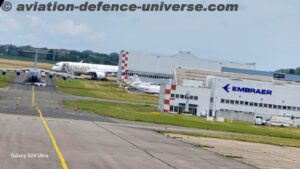 As the KC-390 touched down at Le Bourget, the sun glinting off its grey fuselage, I couldn’t help but feel enamoured. Brazil’s Embraer has done something few have dared. It has designed a transport aircraft that blends the agility of a tactical aircraft with the capabilities of a strategic one, at a price point that appeals to both Western allies and developing nations. Flying in the KC-390 Millennium didn’t feel like being in a typical military transport aircraft. It felt more like witnessing the future of tactical airlift—where speed, adaptability, and digital sophistication converge. Embraer has delivered a platform that is cost-effective, mission-flexible, and operationally efficient, making it a strong contender for air forces looking beyond traditional suppliers. The KC-390 isn’t just an alternative—it’s a confident competitor in the global military aviation market.
As the KC-390 touched down at Le Bourget, the sun glinting off its grey fuselage, I couldn’t help but feel enamoured. Brazil’s Embraer has done something few have dared. It has designed a transport aircraft that blends the agility of a tactical aircraft with the capabilities of a strategic one, at a price point that appeals to both Western allies and developing nations. Flying in the KC-390 Millennium didn’t feel like being in a typical military transport aircraft. It felt more like witnessing the future of tactical airlift—where speed, adaptability, and digital sophistication converge. Embraer has delivered a platform that is cost-effective, mission-flexible, and operationally efficient, making it a strong contender for air forces looking beyond traditional suppliers. The KC-390 isn’t just an alternative—it’s a confident competitor in the global military aviation market.



